Recently, waiting outside a magazine editor’s office, I picked up a publication produced by the newly reinvigorated Spanish luxury brand Loewe. An unassuming grey linen cover is wrapped in part by a colourful folded poster, an almost abstract image of contrasting textiles. Alongside an interview and a quote from Wordsworth, the tall, sober pages contain a 14-image essay that combines black-and-white with colour photographs; constructed studio images with others in a documentary style. Some are peculiar, wet landscapes, contrasting with rich, intimate interiors, a kind-of portrait and some sort of fashion photographs.
Schoolboys are playfully balancing bags on their heads like silly helmets or hiding under patterned beach towels in a studio. The emotional measure of the book is gentle, warm and kind, and this overrides the lack of ‘sense’ being made. I am reminded of how I felt when I first saw Julian Germain’s wonderful For Every Minute You Are Angry You Lose Sixty Seconds Of Happiness, published a decade ago. I think this is the loveliest photography book I have seen this year – not that it is likely to be understood in those terms.
This promotional catalogue, or lookbook as they are known in the fashion industry, was produced in an edition of 1200 to be sent free to clients and media outlets to showcase Loewe’s Spring Summer 2015 collaboration with textile designer John Martin. There has been a marked decline in the production of lookbooks since their heyday in the 1980s and ’90s – online catwalk reporting put pay to the costly production of these exclusive yet disposable publications.
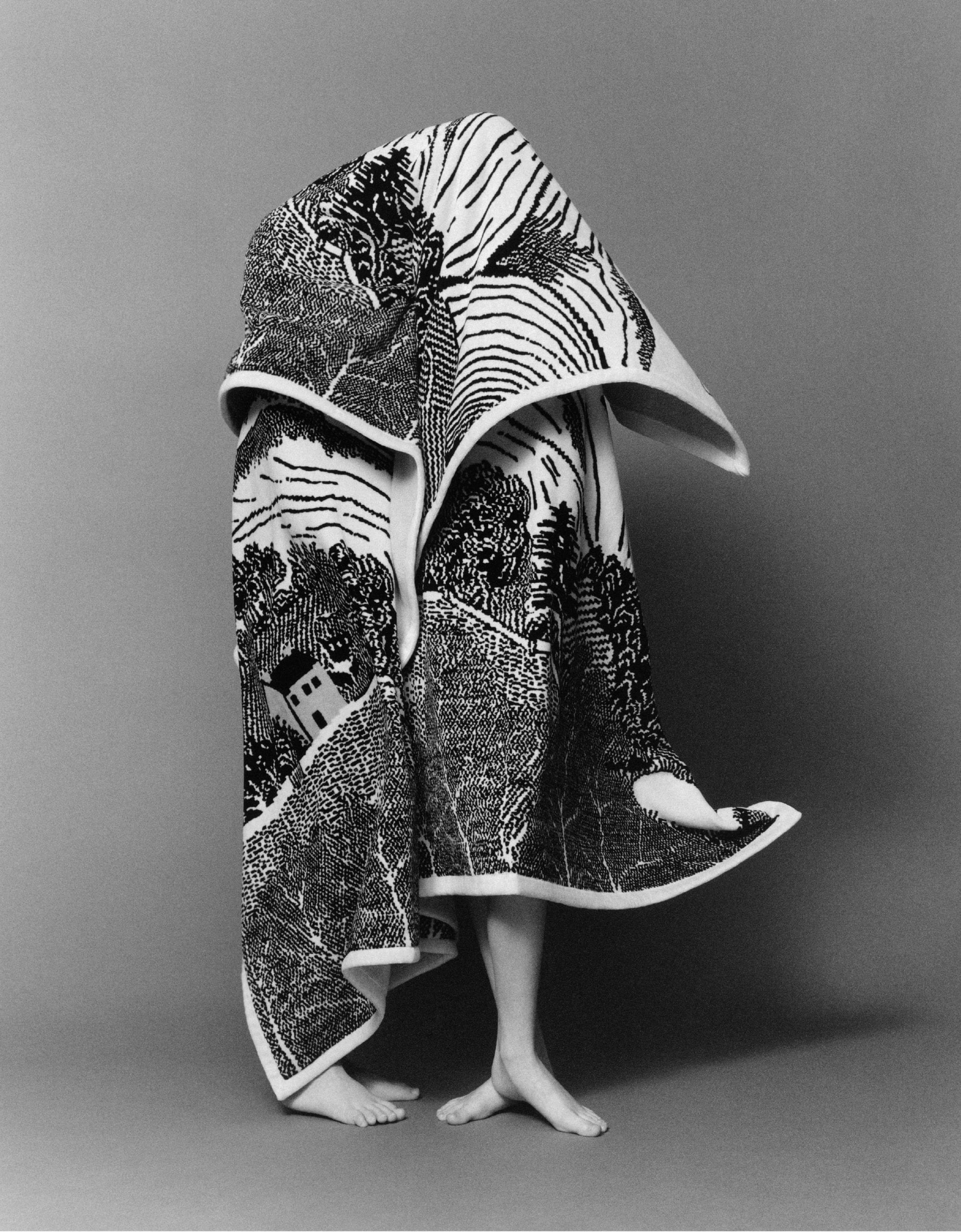
But when I first came into professional contact with the fashion industry in the late 1980s, I was particularly transfixed by Bruce Weber’s lookbooks for Versace and Nick Knight’s for Yohji Yamamoto. Though very different in their photographic approaches, both men were pushing the limits of their particular angles on fashion photography. Weber constructed dream-like histories to fill cultural voids, while Knight went on to take the form to exquisite heights of specialist production values with his work for Martine Sitbon and Jil Sander in publications that are now virtually impossible to find or see.
Shortly after stumbling across the Loewe publication, a rare example of a contemporary lookbook with similar aspirations, I saw an arresting advert in a fashion magazine for the young and much-lauded designer JW Anderson. A ring of healthy looking young women in a sunlit field, waving to photographer Jamie Hawkesworth, his shadow falling long into the scene. The emotional charge of the picture felt almost too real to be a fashion advert. They looked like they really were waving to the camera, really were enjoying themselves. The shock of apparent emotion in a context that has become increasingly dour and poker-faced in recent years was something of a ‘stoop to conquer’ tactic.
Both the Loewe lookbook and this JW Anderson advert were photographed by Hawkesworth, who had first picked up a camera in 2007 and graduated in 2009. His trajectory has been extraordinary, and to my mind, a delightful fairytale of just rewards.
Despite my peripheral engagement with the form, I feel invested in fashion photography and disappointed by its recent demise. Hawkesworth’s editorial work offers me hope. Since working on my first editorials in 1989, arguably the tail end of a particularly exciting time in London’s publishing history, I’ve seen a genre I often felt intellectually and emotionally excited by whither into the closed loops of repetition and reference culture.
I thirst for new voices, for an unknown visual sophistication, busting stereotypes, new approaches to talking about aesthetics, styles and culture. It’s something that fashion photography does so well, but to my taste, the pickings are slim these days, with more at stake and less risks being taken.
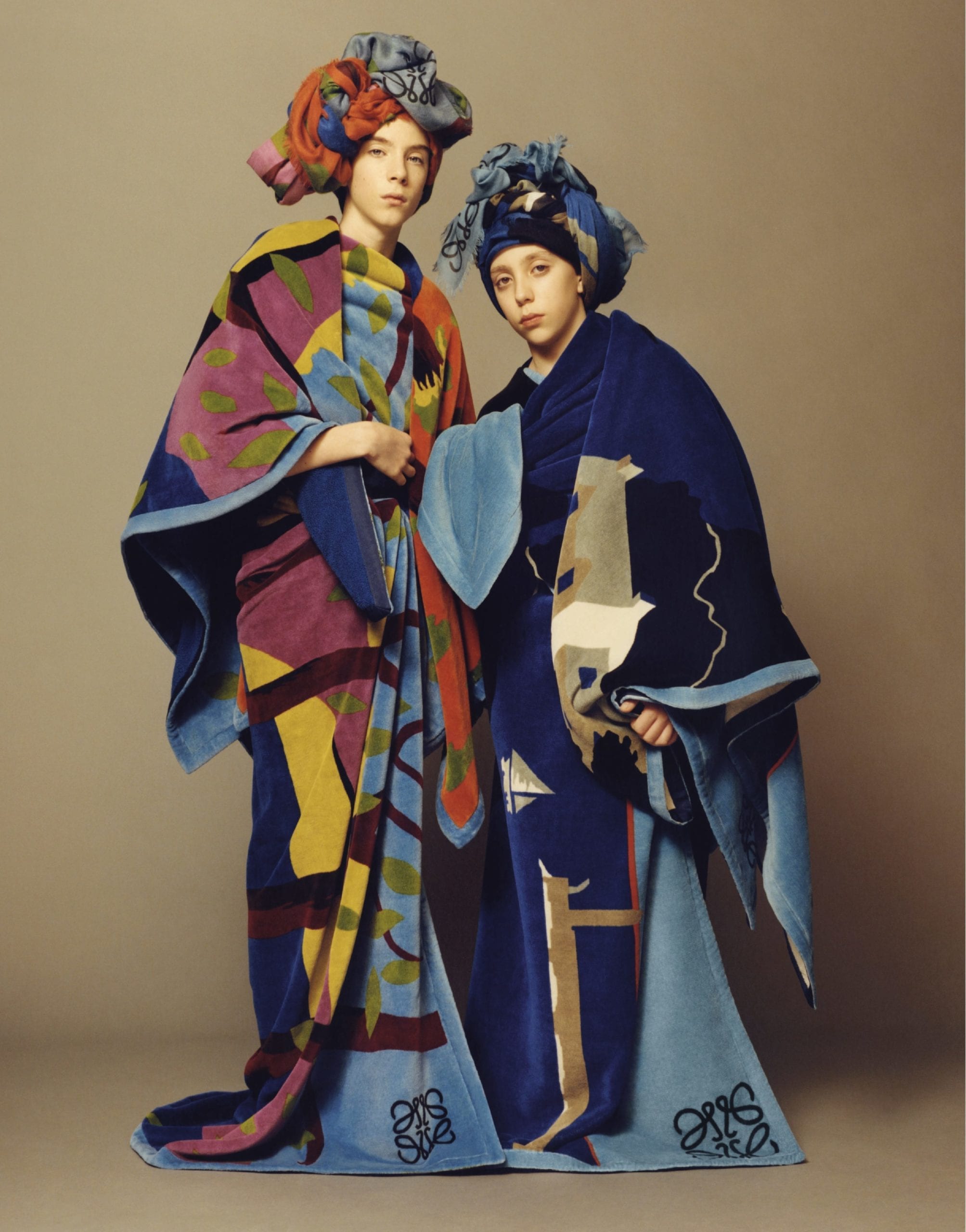
I admit didn’t really get the fuss about Hawkesworth when he first started to make ripples in 2010 with his portraits shot in Preston Bus Station (a centrepiece of Brutalist architecture set for demolition ahead of a successful campaign to have it saved and listed), and his signing to Julie Brown’s M.A.P agency, but I have been won over by the ongoing developments in his work.
His curveball subjective documentary approach melded with an unashamed research-based practice that should not work in the conservative world of fashion photography, but is actually going down a treat. I have been watching him grow, artistically, in public, and a combination of his rigid sense of what is appropriate, along with an impressive cohort of collaborators, has made for fascinating watching.
Talking to Hawkesworth in his darkroom-cum-office where, it turns out, I used to live next door around 20 years ago, I am struck by how his ambition is driven by a wholesome, experiential curiosity, which has more to do with a fascination for the medium and his subjects than to dominate in his field. He shares his passion candidly, totally unguarded, carried along with our shared enthusiasm, overlooking any mention of his new book (featuring work shot at Preston Bus Station, published by Loose Joints) coming out a few weeks after our meeting.
Hawkesworth grew up in Ipswich and studied forensics at the University of Central Lancashire in Preston. The recording of constructed crime scenes put a (digital) camera in his hands for the first time, but after a year on the course he realised that the legal emphasis of the subject area was not right for him. He failed that year, and while reconsidering his future that summer, a friend who was studying photography at Norwich introduced him to Johnny Stilletto’s “amazing to look at” Shots from the Hip. His excitement about the book and the idea of street photography led him to put together a portfolio that summer and apply to transfer to the photography course at Preston.
He gained direct entry to the second year of a course that put an emphasis on the use of analogue cameras and so, having missed the introduction to 35mm, he was introduced to medium format and the Mamiya RB 67. “It sounds cheesy,” he recalls, “but I fell in love with photography, and from that moment I spent every second that I could on making pictures. I had a girlfriend at the time and I didn’t see her at all, I just got my head into photography and that was it. It came completely out of nowhere.”
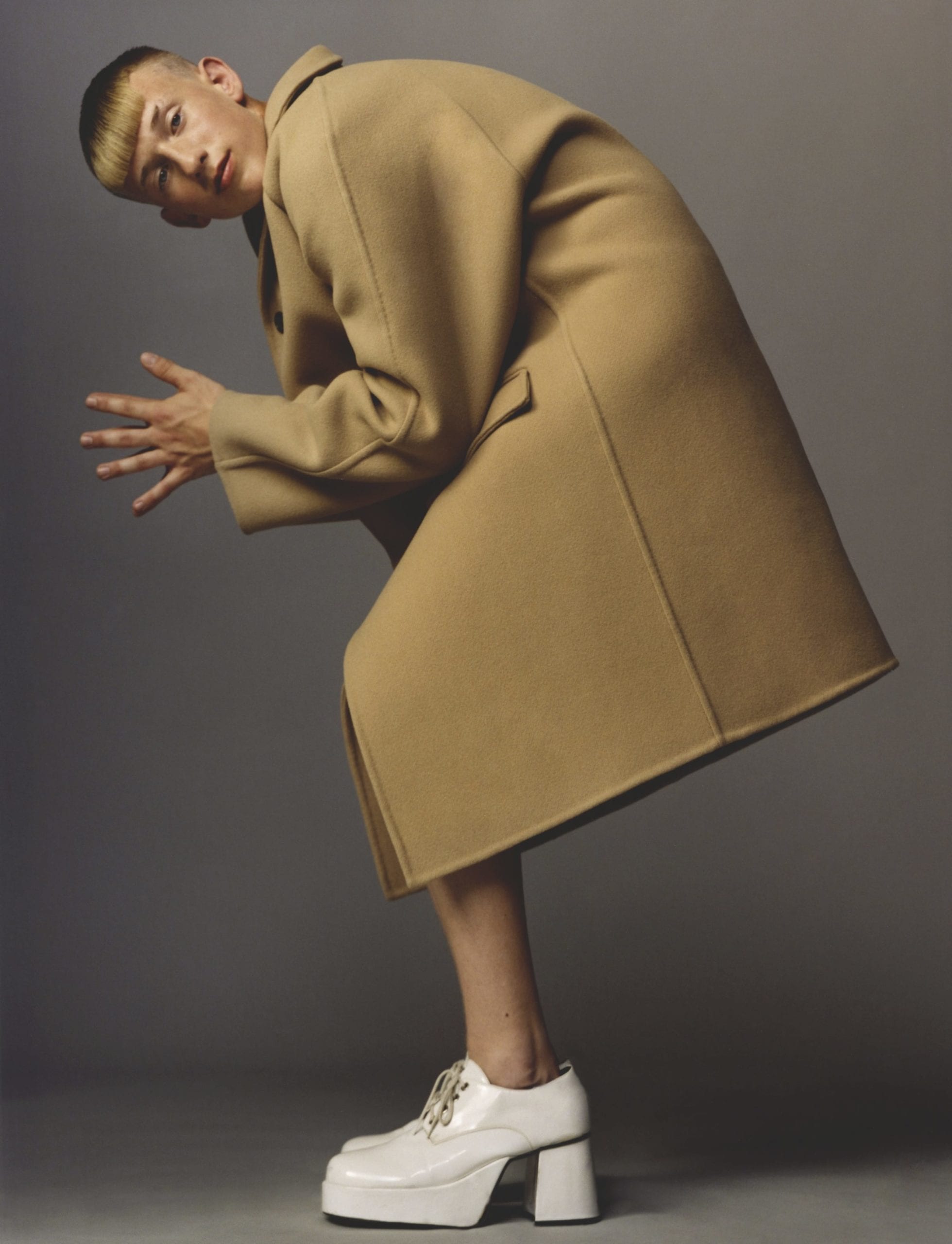
He has used the same camera and lens combination since and only works with film. Next came the college library, where he started looking at Nigel Shafran and Jem Southam and various British documentary photographers. He experimented in the studio with flash and whatever he could get his hands on, but at that stage he was still only working in black-and-white as there were no colour darkrooms at the Preston campus. When he began seeking out some work experience, he was advised to approach commercial photographers, despite his natural disposition towards the documentary tradition, whose practitioners tend to work alone.
Taking the initiative, he spent his spare time in London interning for Nik Hartley who, in return, taught him how to colour print. Through Hartley he met Dan Burn-Forti, who demonstrated how “to appreciate everything equally – everything has the potential to be an image and for you to put your eye on it”.
When I ask Hawkesworth to expand on this, he replies, “When I’m out on my own and I’m reacting to what catches my eye in the most basic way – when I see something, anything, anybody and there’s something about them I want to photograph. Not trying to comment on anything, there’s just something I like about that object or that person or that colour or the way that something falls on something else, just the way it catches my eye – it doesn’t get any deeper than that.”
His tone is almost apologetic, yet his frank self-awareness is refreshing where the common tendency is to dress stuff up with pseudo academic jargon. This is due in part to a trend in photography education to establish reasons for making photographs in relation to ‘meaning’ or ‘the critical discourse’ which simply does not suit everyone. This emphasis on the cerebral can be hard to reconcile for the compulsive, the habitual and the amateur, disenfranchising important modes of photographic production.
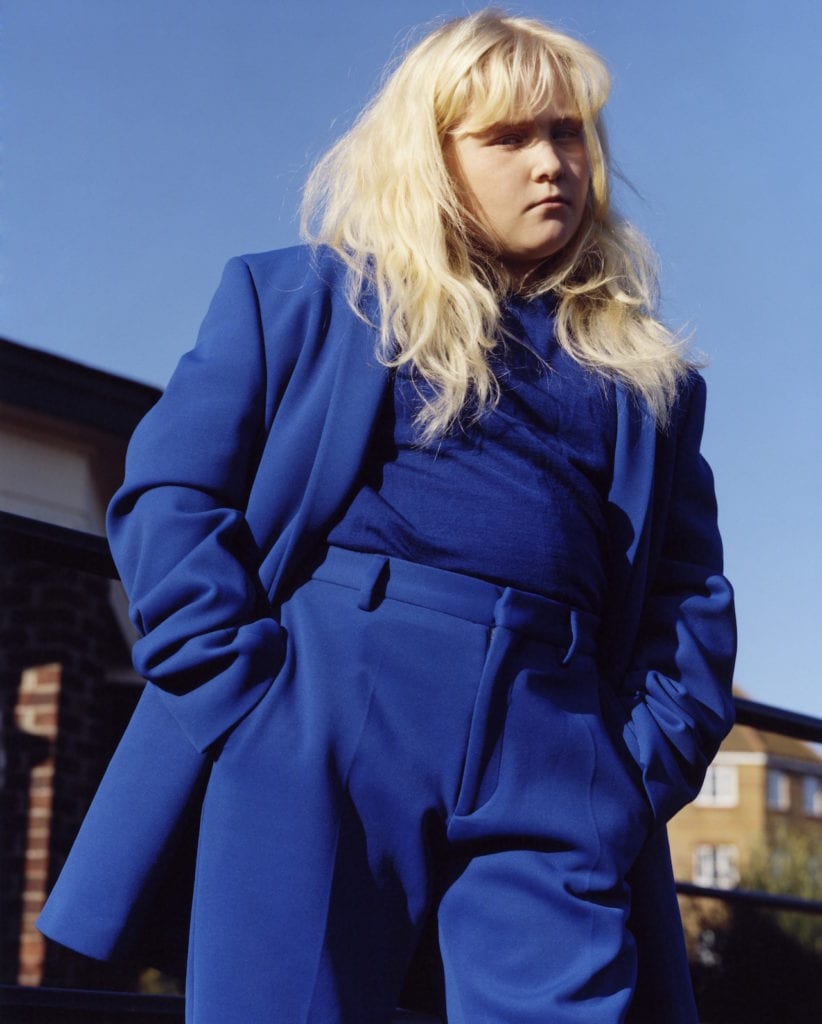
I am reminded of an awkward ‘in conversation’ I chaired at Kassel Fotobook Festival with another brilliant innovator, Viviane Sassen, who exhilarates fashion photography with her light sensitivity and exacting formalist plays. There seemed so little to say about her photographs that the pictures have not already alluded to. Her non-linguistic communication form is dependent on so many subjectives, and despite my efforts she would not be drawn to extrapolate. Talking about a great photograph rarely makes it any better… Often times talking about an image can detract from it’s initial enigma, there is a reward in not knowing, in feeling your way through something, in allowing something to resonate personally rather than generally.
One of Hawkesworth’s tutors at UCLAN was Adam Murray, co-founder of Preston is my Paris (who first published the bus station work in zine format), who has a wide-reaching understanding of what fashion photography might be, framing it from a sociopolitical perspective, the emphasis being on vernacular culture. Hawkesworth remembers how important it was for him when Murray described his pictures of teenagers, taken every day while walking to college, as relevant. Not a removed construct or photography-about-photography, but seeking to establish his own connection with his immediate, lived experience.
I ask how it feels to Hawkesworth to approach people in the street. “I feel a bit sick when I go up to someone and ask to make their portrait, though nine out of 10 people say yes. When I was in Preston, I would have the tripod with the RB, and I figured that if I said something very specific about a person, drawing attention to an item of their clothing rather than just saying ‘you look amazing’, they were more likely to say yes.”
As a tall, caucasian man, Hawkesworth has that air of authority, backed up by his approachable good looks and soft brown eyes. His unthreatening physical presence reminds me of Daniel Meadows or Albrecht Tübke or Derek Ridgers or Martin Parr – maybe there’s a physical type suited to this kind of street work. It seems the genre is dominated by male practitioners, something of a condemnation of our gendered public places. He had not considered his position as being one of male privilege, but is aware that as he gets older he might not always be able to make these approaches.
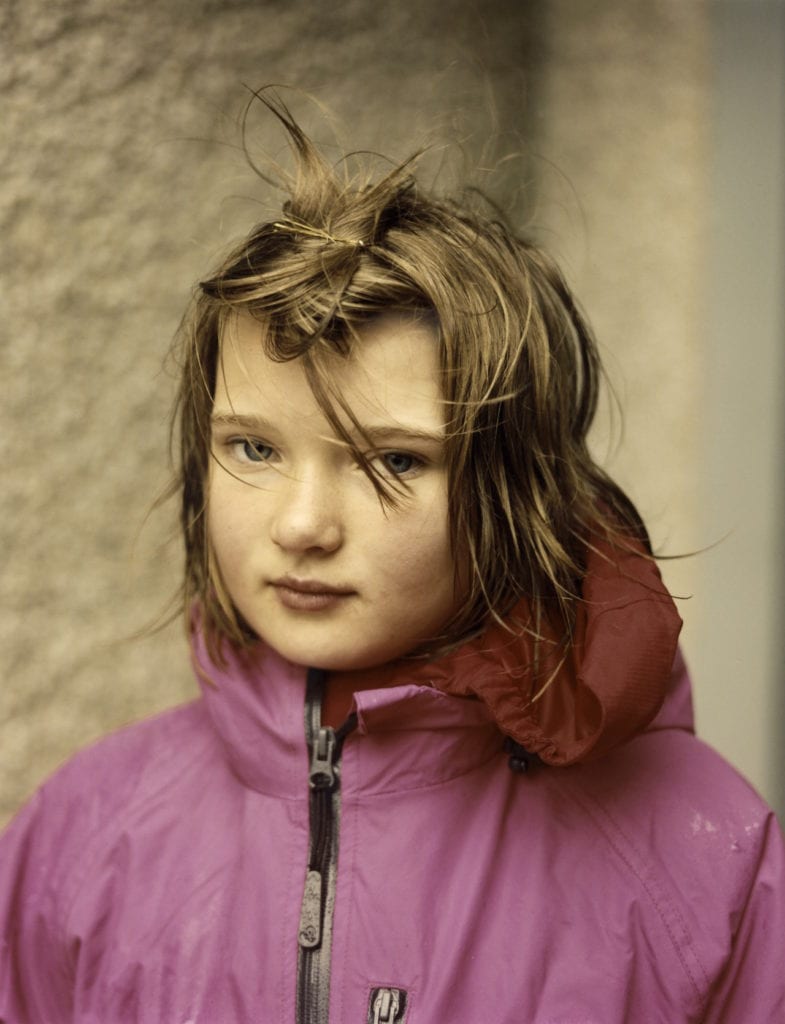
He could not believe his luck when he received his first commission from The New York Times’ T Magazine, to photograph Swedish potato farmers. However, as these kinds of assignments are infrequent and probably would not sustain a practice, there needed to be other ways to apply his approach. Recently, the predominant trend in fashion editorials was a pseudo-documentary style championed by Alasdair McLellan, with models posed so as to appear ‘real’ – an approach that began as an Anglicised version of Bruce Weber’s sentimental take on America. Hawkesworth’s work had the potential to take the model agency and a layer of pretence out of the loop, an opportunity spotted by French stylist Benjamin Bruno.
“For a long time, I couldn’t photograph models,” he says. “I couldn’t figure out how to do it. I had to work with people from the street. I think I had to learn to understand what I like about things. Then I got to work with Benjamin, for Man About Town, and he was up for going off and dressing the people that we found. So we went to South Shields with a bag of clothes and this was the first fashion thing I’d done.”
He points to an image of blonde teenage girl strangely defiant in a masculine cobalt ensemble. “It was the first time someone said, ‘OK we’ve got an amazing character, let’s take it somewhere else…’ She had a flowery dress and we asked her to put the blue suit on, and that was a pinnacle moment for me; I realised you could completely fabricate something else.”
Pulling out another magazine he tells me the amazing story of how T Magazine flew two street-cast youngsters and their fathers out to New York to work with senior American stylist Joe McKenna. This unlikely combination featured on the cover in October 2014.
The lack of self-consciousness often encountered in street-cast subjects can lend a candour to an image, and can carry all kinds of outlandish outfits in a way that is harder to achieve with professional models. The importance of the choice of models – the casting – should not be underestimated, and not only for their looks. This also plays out in the ways Hawkesworth and Bruno direct their subjects.
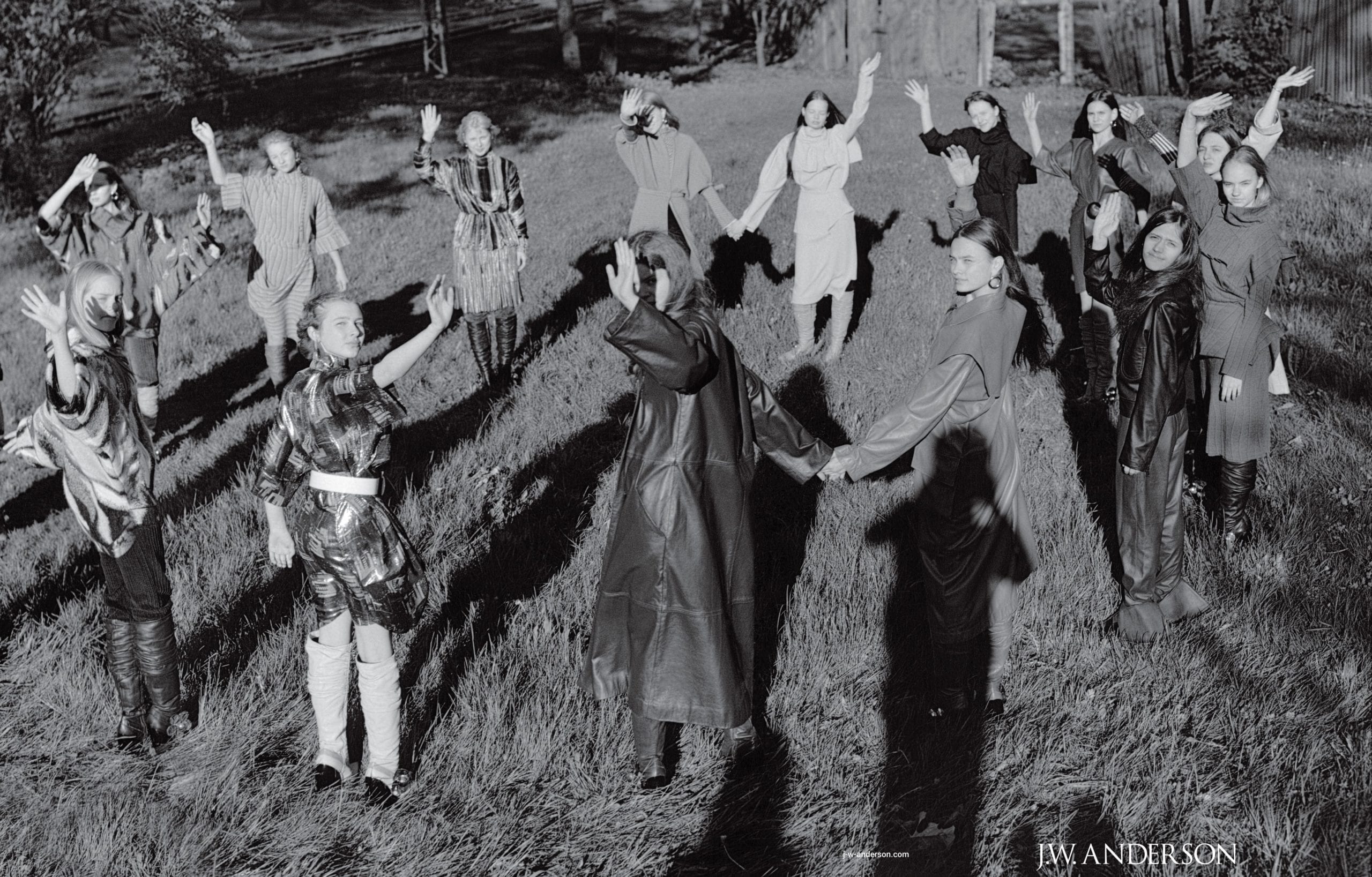
There is often an oddness about how they ask a subject to stand, which Hawkesworth sees as a counter-intuitive gesture. “I take it a million miles away from what I’m comfortable with, but then it goes full circle and brings it closer to the documentary tradition.”
This can make the subject complicit with his own appreciation of awkwardness… where the conspicuous unlikeliness of the outfit and the pose makes the whole thing make a sense. He ventures that “the more extreme it becomes, the more authentic it appears. When I was making a fashion image with Ben, everything started to make sense in a strange, heightened way. ”
That encounter with Bruno in 2011, two years after graduation, should not be underestimated. It also brought Hawkesworth to the attention of M/M (Paris), who were art directing Man About Town magazine at that time. M/M (Paris), AKA Mathias Augustyniak and Michael Amzalag, are without doubt one of the most influential forces in fashion’s visual culture in the last 20 years and, like Hawkesworth, they have a reputation for defining their own parameters. They were tasked by Loewe’s creative director, J W Anderson, with overseeing art direction at the brand, and the opportunities they have offered Hawkesworth immediately propelled him into the limelight.
Initially they would only lay out his pictures of people modelling clothes, but while on their trips together, other material invariably presented itself while hanging around waiting for potential subjects to show up. The combinations of scenes and stuff and people in his work has led to all kinds of unlikely juxtapositions. A personal favourite is an old-fashioned pram, the antithesis of the contemporary techno-buggy, laden with candy floss – a scene way more weird than any fiction.
Hawkesworth gets a certain satisfaction in placing these moments of street poetry onto the staid pages of fashion magazines. As our meeting winds down, he reaches for a copy of American Vogue, where one of his recent Miu Miu adverts juxtaposes a model with an angular dead-looking tree. This is prime fashion real estate, and all images are stage-managed accordingly, so there’s a satisfaction in sneaking a lowly, eccentric-looking tree into the mix.
We’re flagging now, the heat of the afternoon has left us thirsty and talked out. As we head out for refreshment, a pile of contact sheets catches my eye. Unguarded, he talks me through this latest experiments. Despite being made with the same camera/lens combination, this is nothing much like his previous work, except that his curiosity has got the better of him again.
This article was first published in the October 2015 issue of BJP, which is available at www.thebjpshop.com Landscape with Tree, by Jamie Hawkesworth is on show at Huis Marseille, Amsterdam from 09 September – 03 December 2017. www.huismarseille.nl

